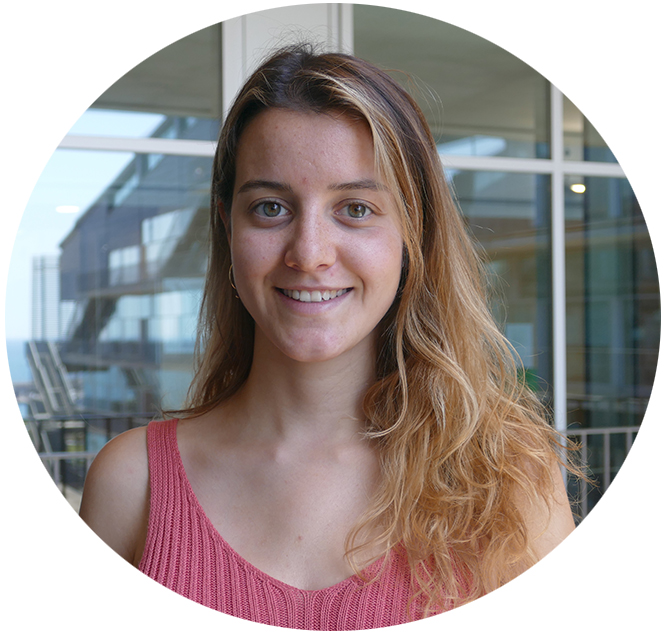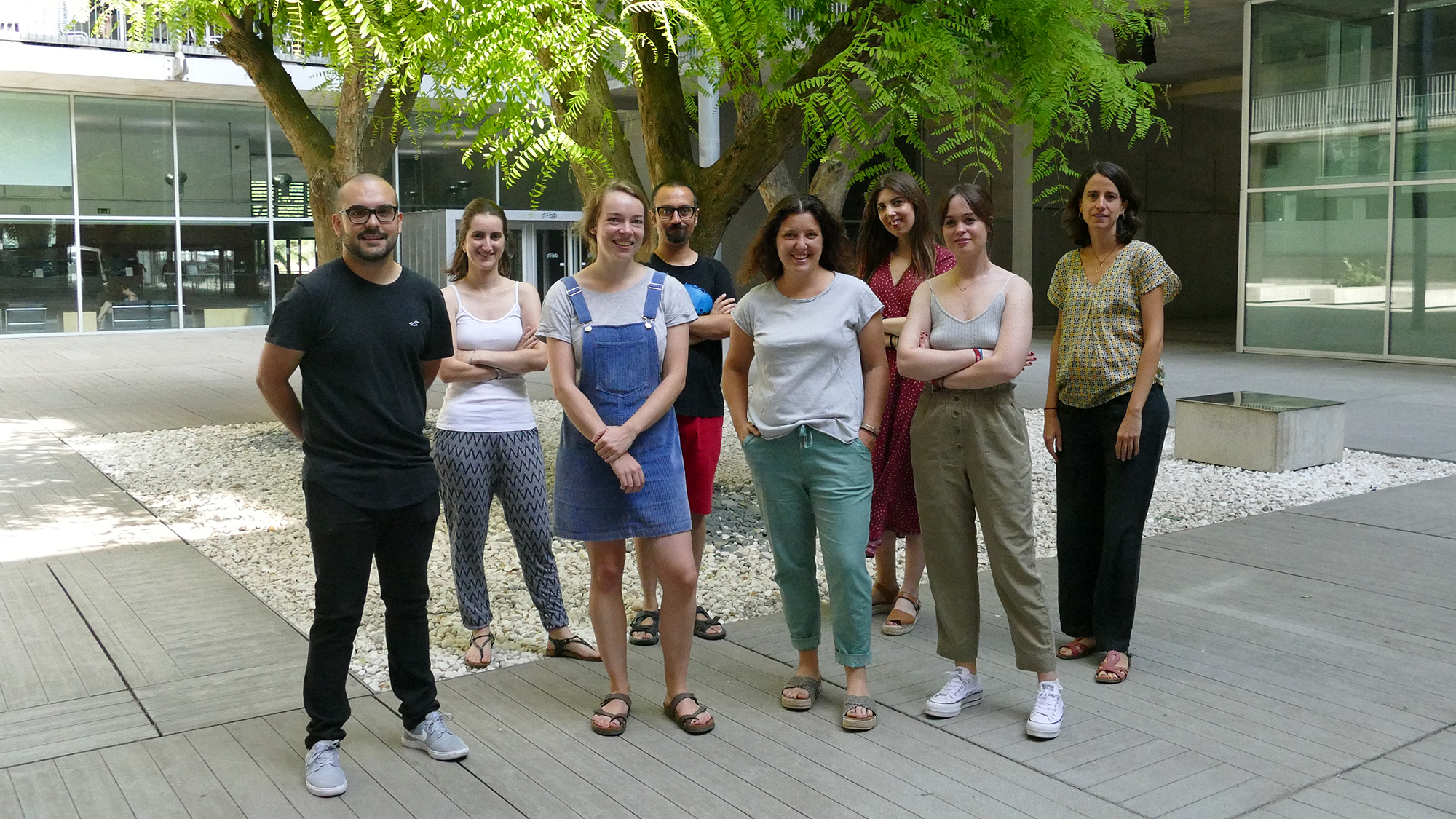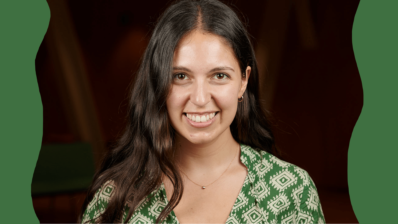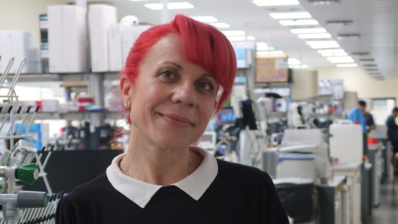Payam Dadvand is a medical doctor by training and he got his PhD in Environmental Epidemiology in Newcastle University at the UK. He came to the Barcelona Institute for Global Health (ISGlobal) as a postdoctoral researcher working on a European project, and he stayed studying how the environment can have consequences on the health of pregnant women and their children. Dadvand is a group leader in the area of green spaces and urban health at ISGlobal, but he collaborates with researchers from other institutions at the Barcelona Biomedical Research Park (PRBB), such as Isabelle Anguelovski, Jordi Alonso and Óscar Pozo Mendoza from the Hospital del Mar Medical Research Institute (IMIM) and Jesus Pujol from the MRI Research Unit of the Hospital del Mar. While his main focus of study is the effect of air pollution, green spaces and natural areas on the health of pregnant women and their progeny, with colleagues from the University of Bergen (Norway), he also works on how UV radiation affects the immune system and on the effect of climate change on people’s health.
Air pollution and green spaces
Nowadays, there is plenty of evidence on how harmful air pollution is for health, especially for maternal and child health. However, when it comes to green spaces, it has been more difficult to find clear evidences of their influence on health. For the last few years there has been an exponential increase in the number of studies about green spaces showing beneficial effects. Payam Dadvand and his group have seen during their studies evidence on how urban context, air pollution and green spaces can have effects on pregnant women, theur foetus and children. In particular, they found that it can:
- affect foetal development and growth
- affect child development
- set off complications during pregnancy like pre-eclampsia or gestational diabetes
Thanks to previous studies, they know that the cognitive function of school children is negatively affected by air pollution, with children manifesting several changes in brain function, such as fluctuation in attention and memory. Regarding the exposure to natural areas, previous studies have shown that adults who were less exposed to them have worse results in mental health tests.
Previous studies show that the cognitive function of school children is negatively affected by air pollution.
All these results evolved into a new project coordinated by Dadvand along with Jordi Sunyer, coordinator of the Childhood and Environment Program at ISGlobal. The aim is to study how the urban context can affect during early life phases. The project is called Barcelona Life Study Cohort (BiSC) and they are establishing a cohort made of pregnant women, their offspring and partners in an urban population – it will be one of the biggest studies on air pollution and pregnancy ever done. They are recording all the urban exposure factors – such as atmospheric pollution, noise, stress, physical activity and green spaces- to understand how they can affect brain development during foetal life, and also the post-natal development of the children.
To assess the exposure of pregnant women to these urban factors they have designed a novel methodology. They measure the personal exposure levels of each participant by means of a backpack the volunteers have to carry during 48h with several mobile devices. Also, some other fixed devices are installed inside and outside their house during a week. These devices analyze the environmental pollution during their usual routes:
- Tubes for measuring NO2, related to traffic pollutants
- Filters for particulate matter of less than 2.5 microns, which allows to determine air pollutants
- Sound level meters to analyses the noise
- Bracelets to measure physical activity and sleep quality
- Mobile devices to know where they go
- Humidity meters and thermometers
The monitoring of environmental pollution exposure is done during the first and third trimester of pregnancy. Brain development is studied by imaging tests done with magnetic resonance before and after birth and they also analyze the mother’s placenta. As it is an organ that connects the foetus to the mother, they are analyzing it at the physiological and molecular level, allowing them to study the foetal response to the exposure of atmospheric pollutants. Dadvand sends this message: “If you know any pregnant woman attending to San Joan de Déu, San Pau or Clinic hospitals, please let them know about this study, in case they want to participate”. Those are the hospitals that collaborate with the project. The team aims to reach a cohort made of 1200 pregnant women, in order to collect all the necessary data for the study.
BiSC will be one of the biggest studies on air pollution and pregnancy ever done, using a novel methodology that mesures personal exposure to urban factors.
“I believe this study will bring more evidence on how environmental factors can influence people’s health, of mothers and children in this case. Especially in green spaces everybody says “oh, green spaces are good for health”. But we need to generate enough powerful scientific evidence to convince policy makers of the benefits of making changes and actions related to improving environmental urban quality for the benefit of the citizens and cities health. That’s what we are aiming for with the BiSC project”, adds Dadvand.
An interesting initiative promoted by ISGlobal is the interactive report, called Cities We Want, which as its name indicates, collects different strategies suggested by ISGlobal researchers to build healthy and sustainable cities. We can find Payam Dadvand in the section of natural spaces offering a summary of their importance in cities. “I believe that we do science that leads to action, that makes the world a better place to live in”, concludes the researcher.







